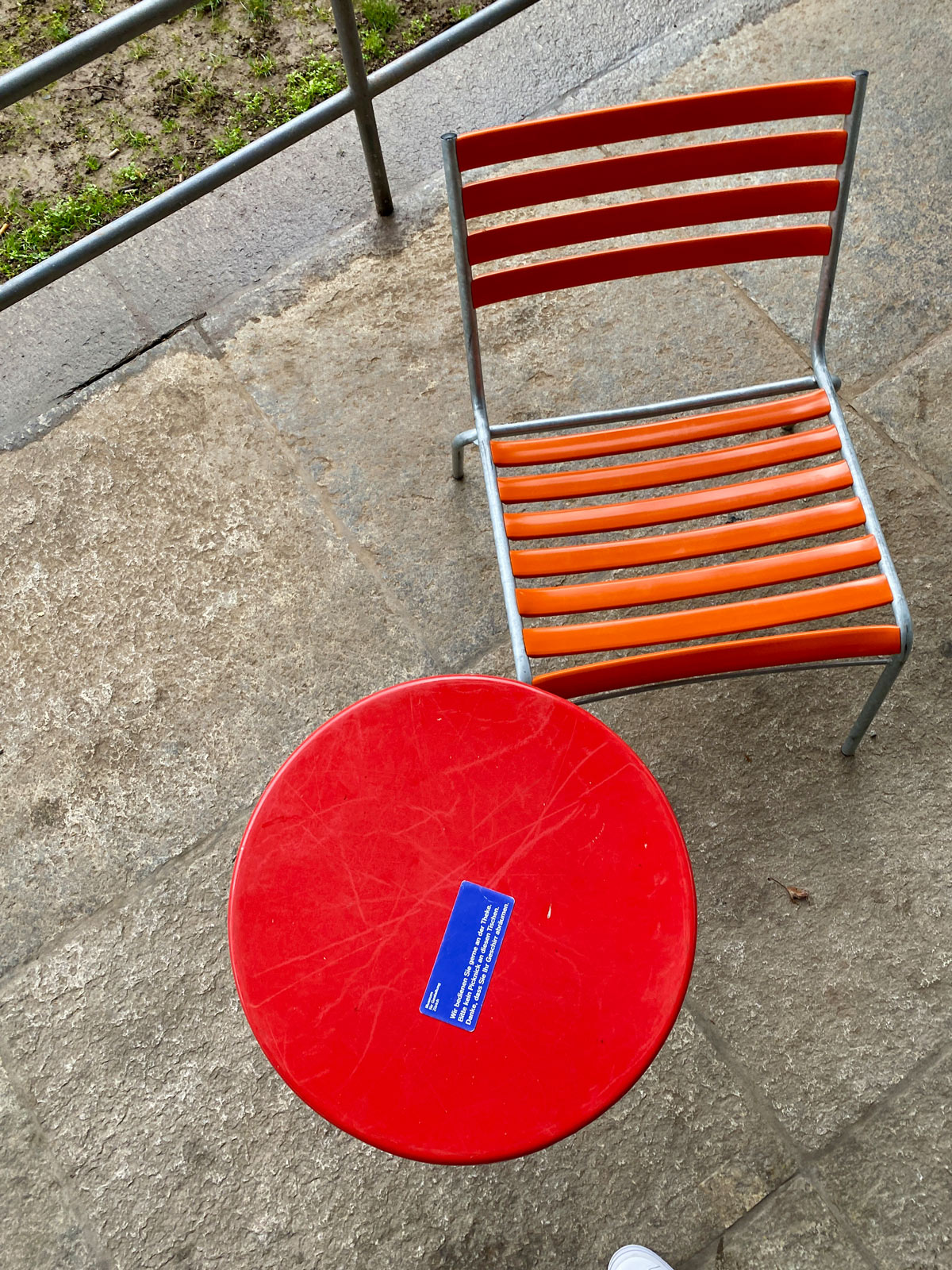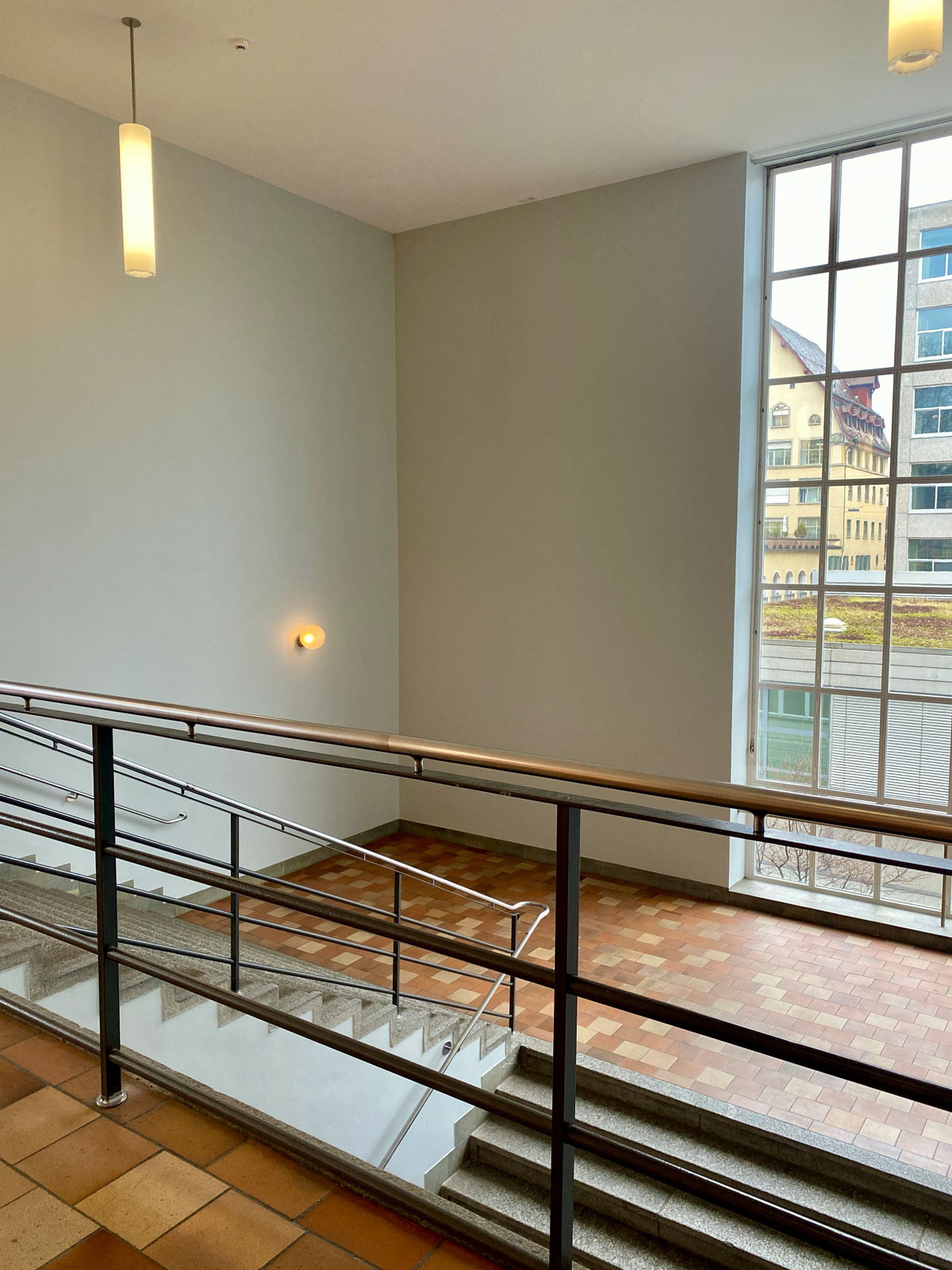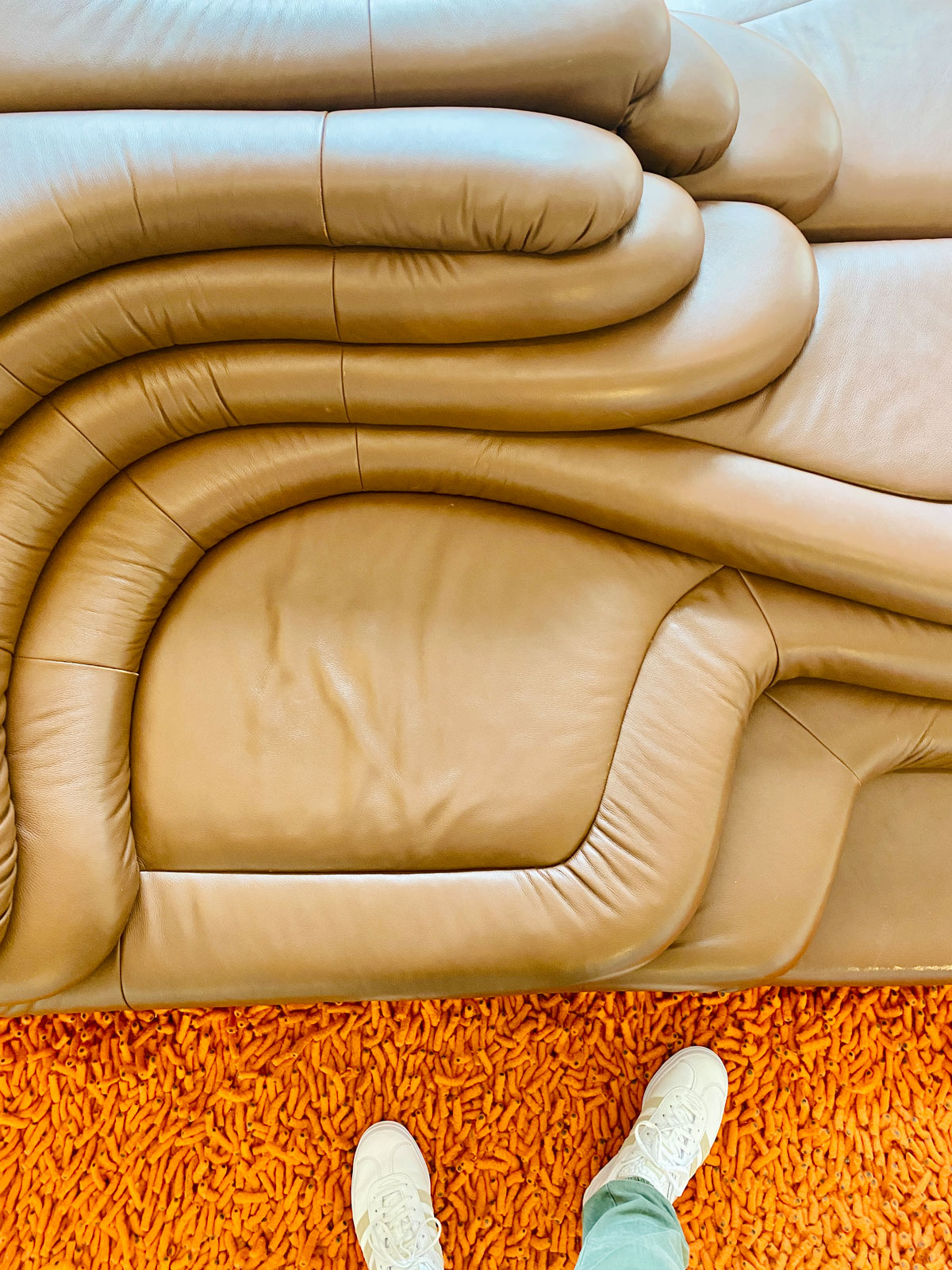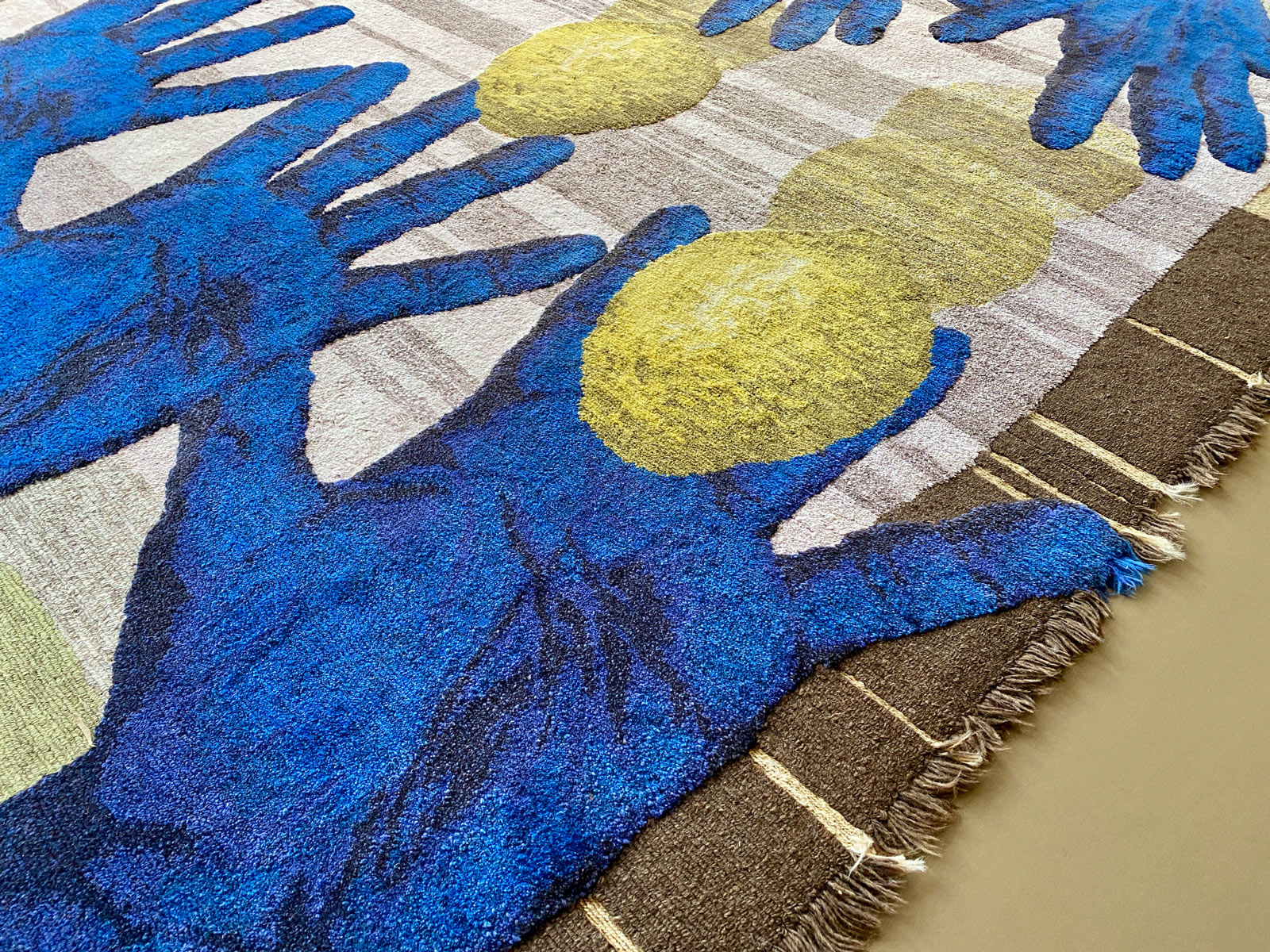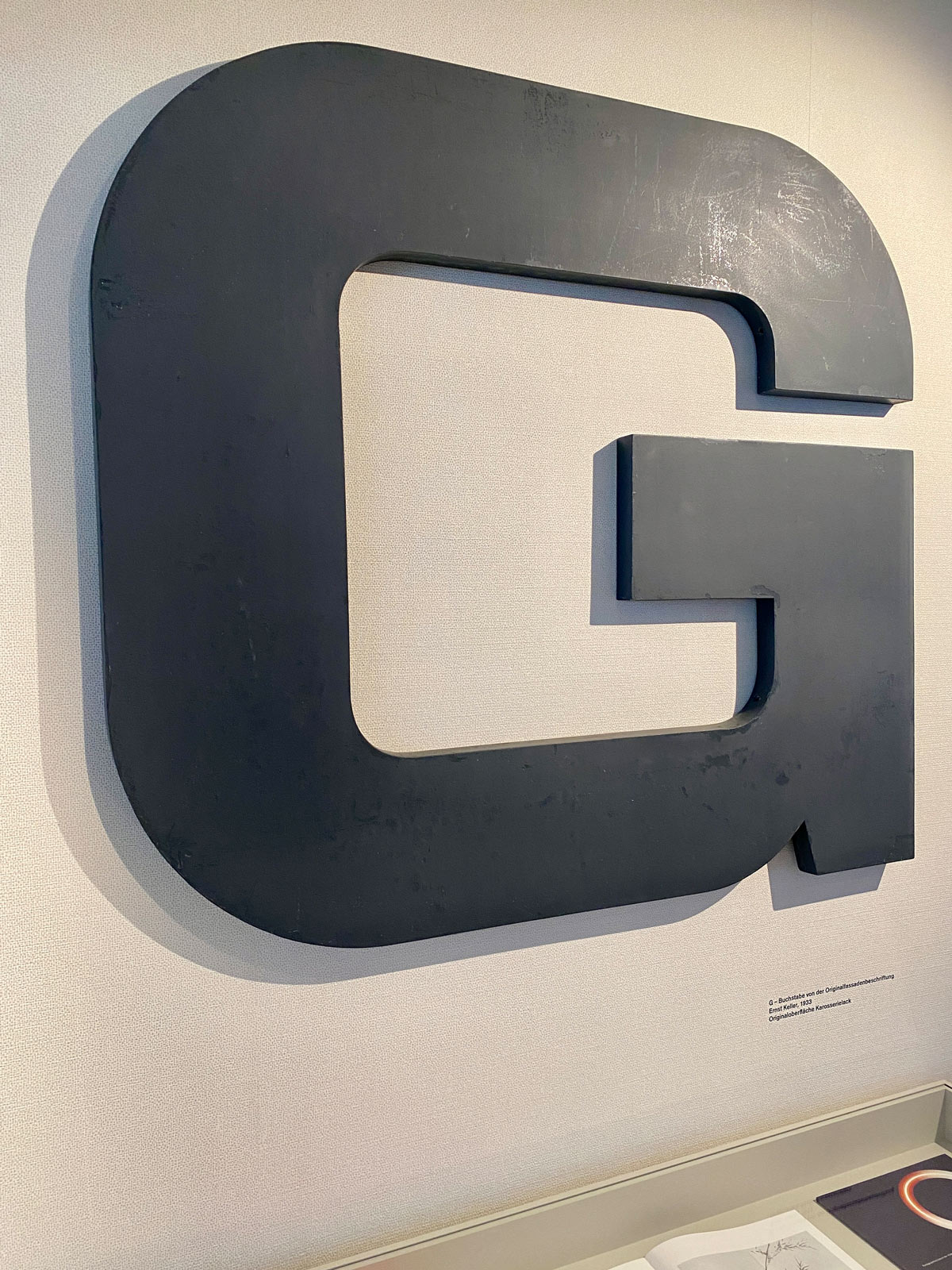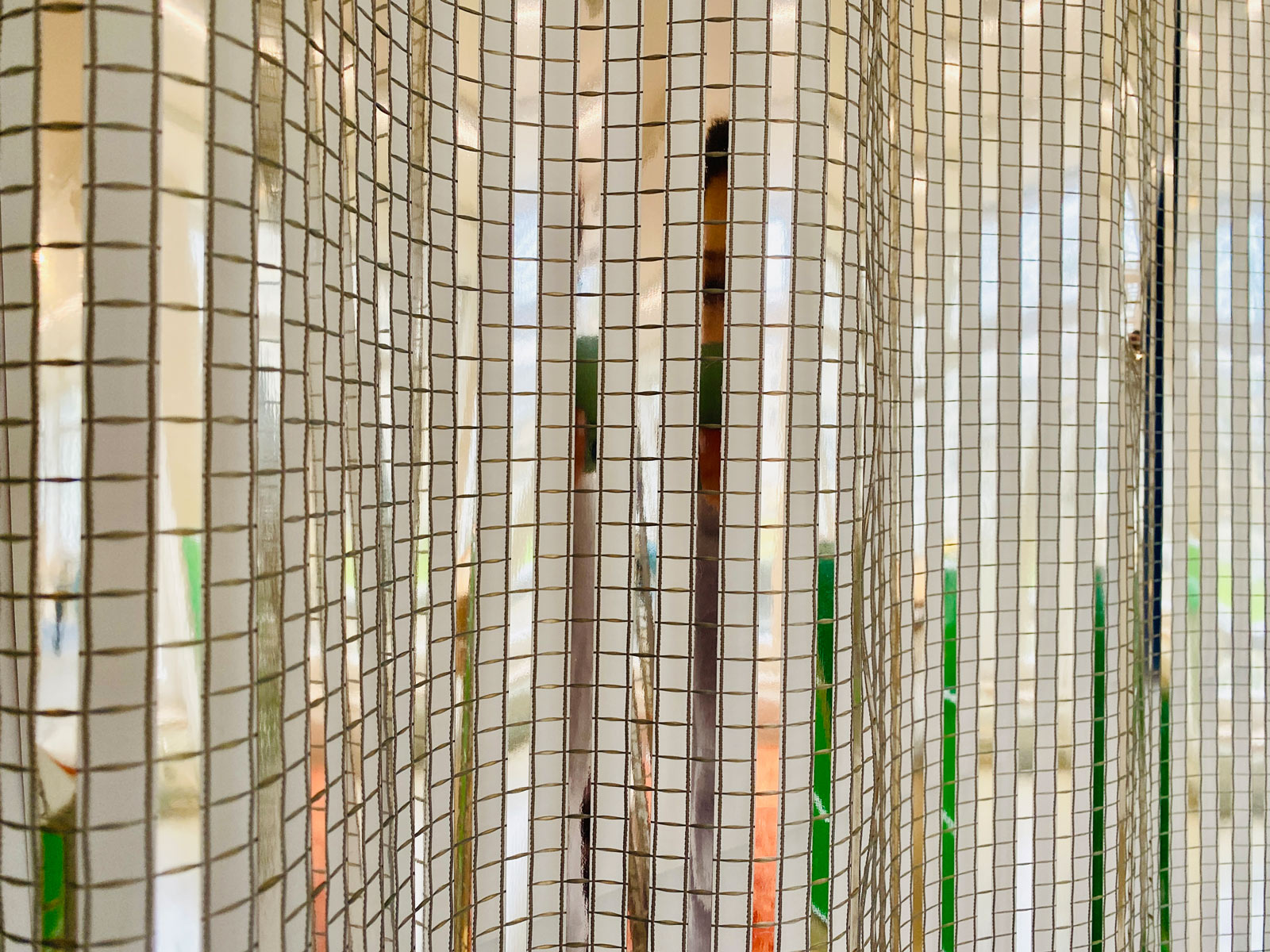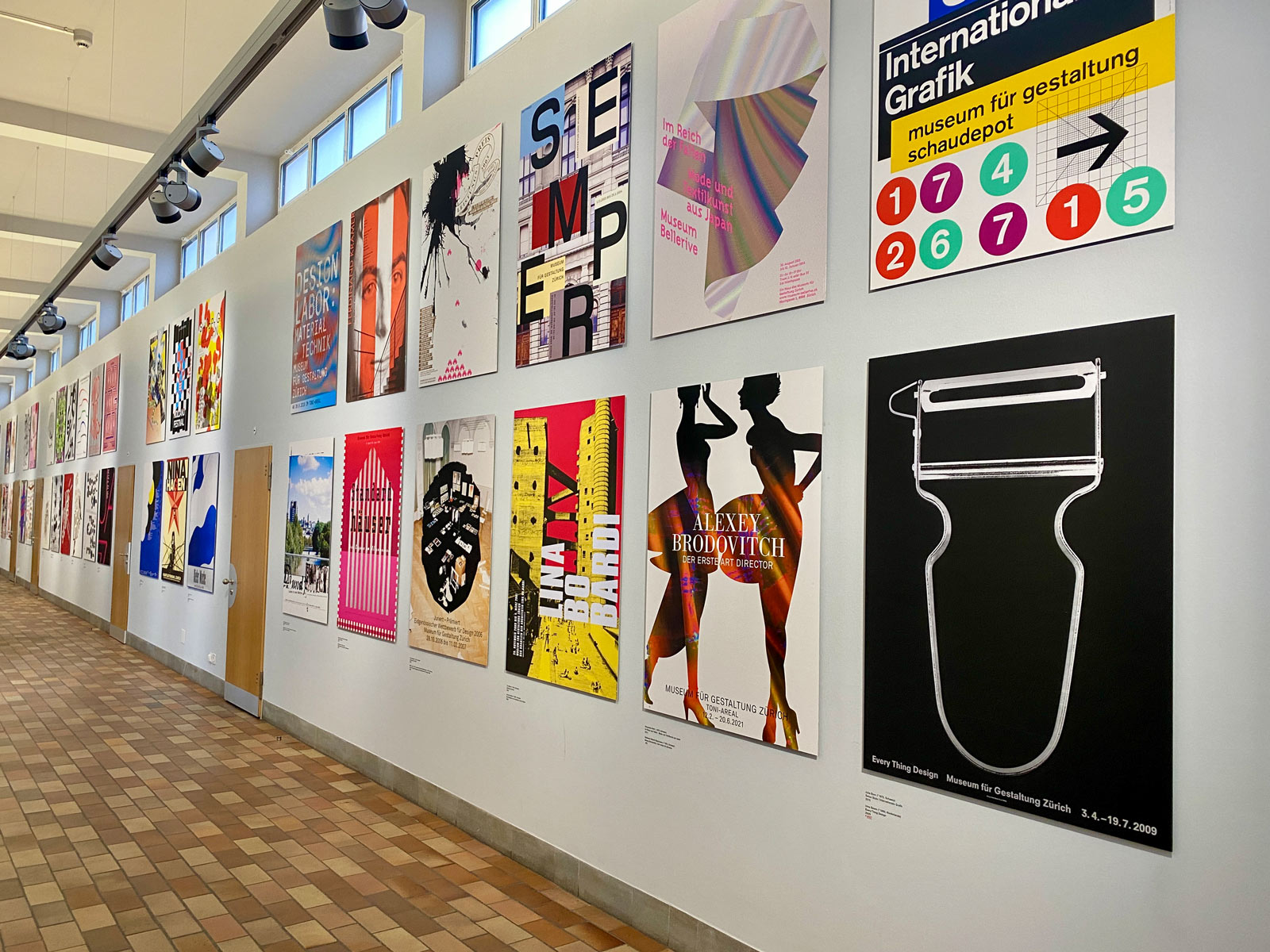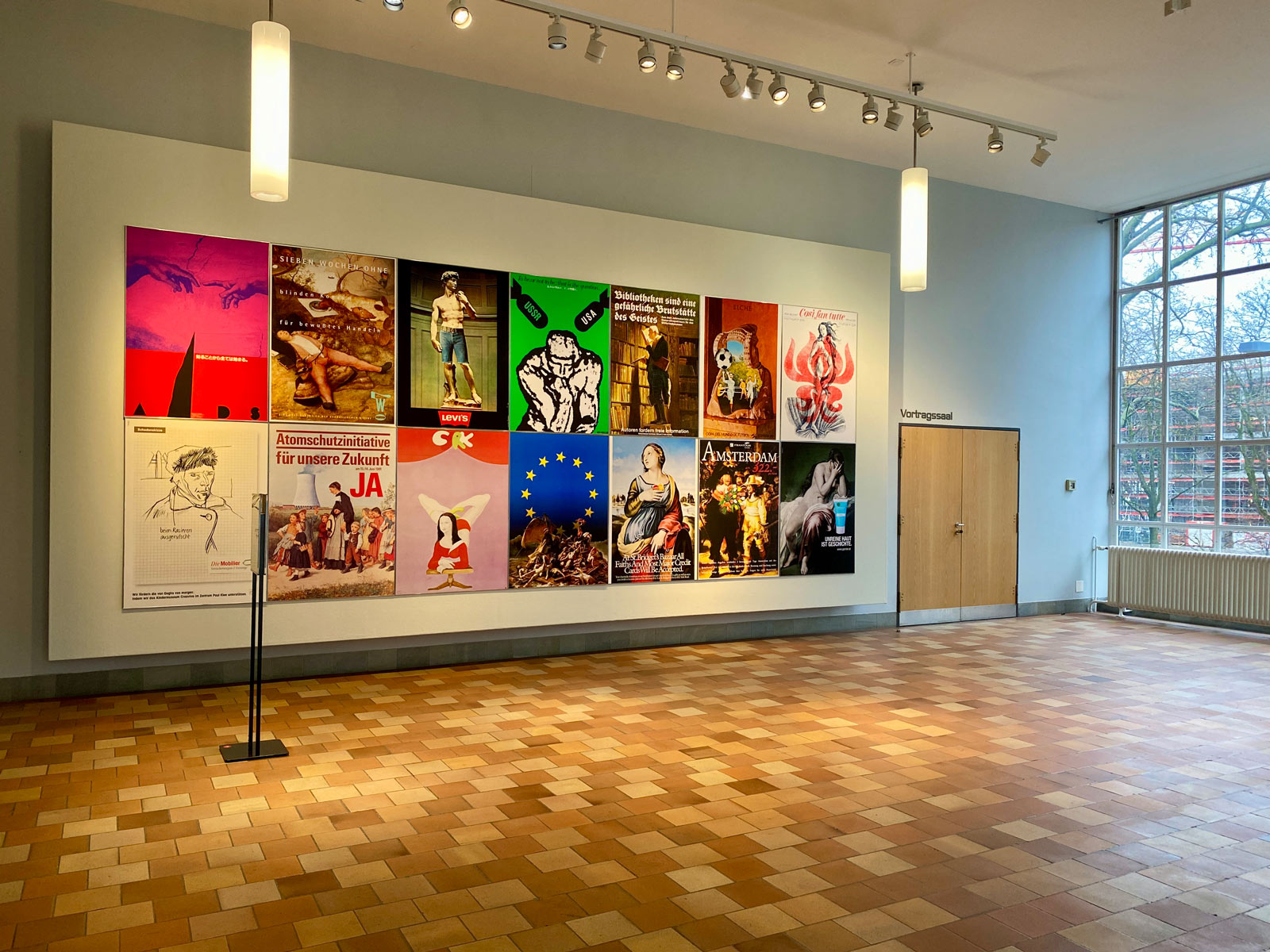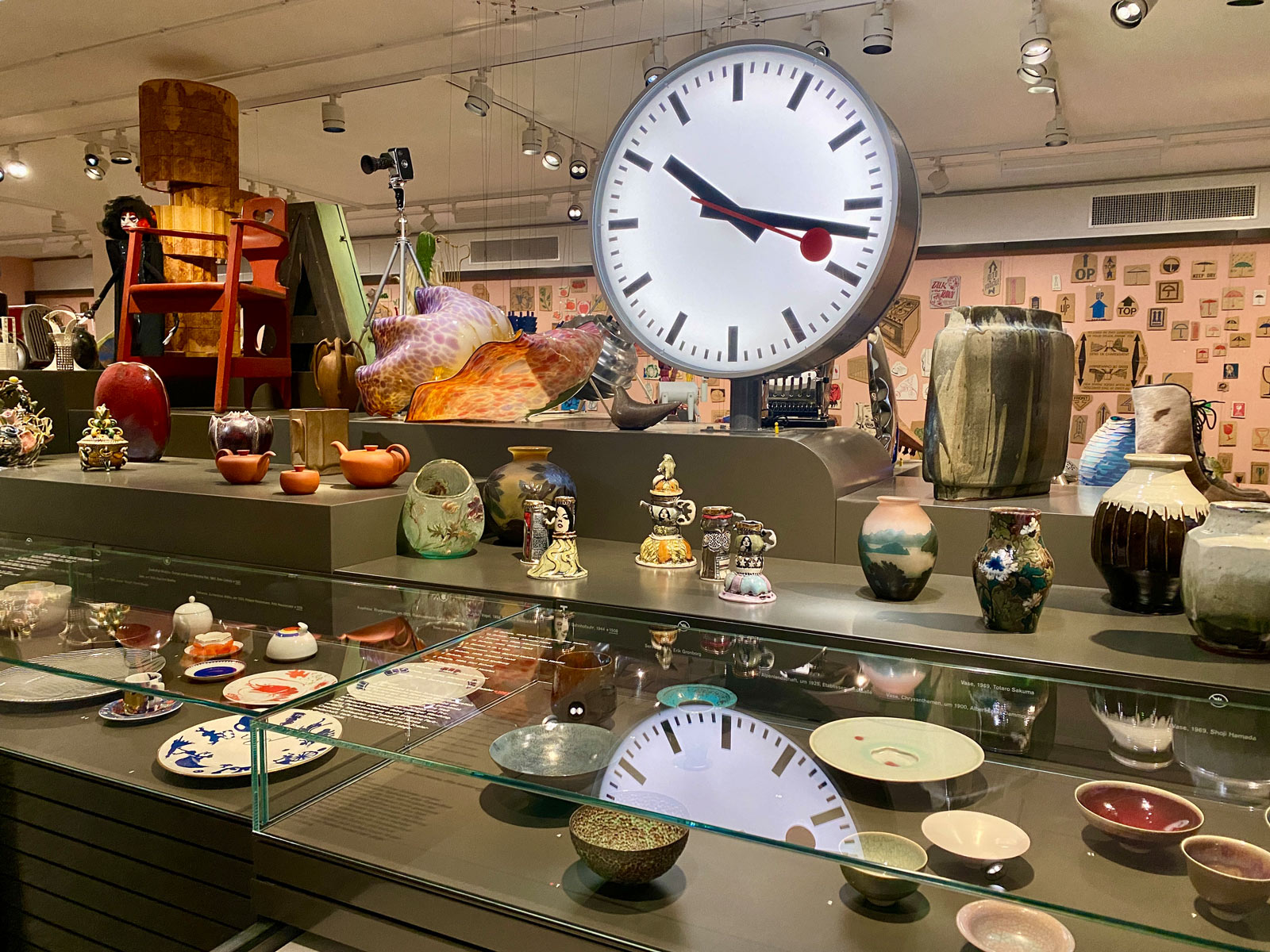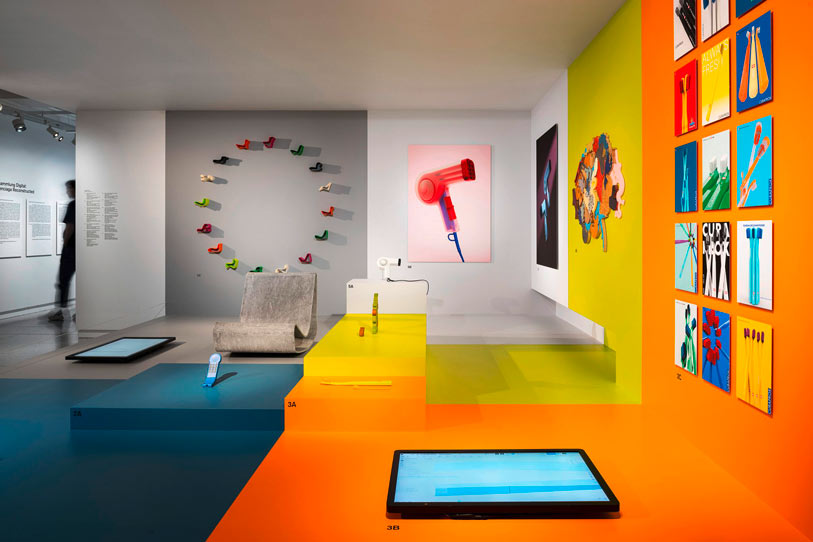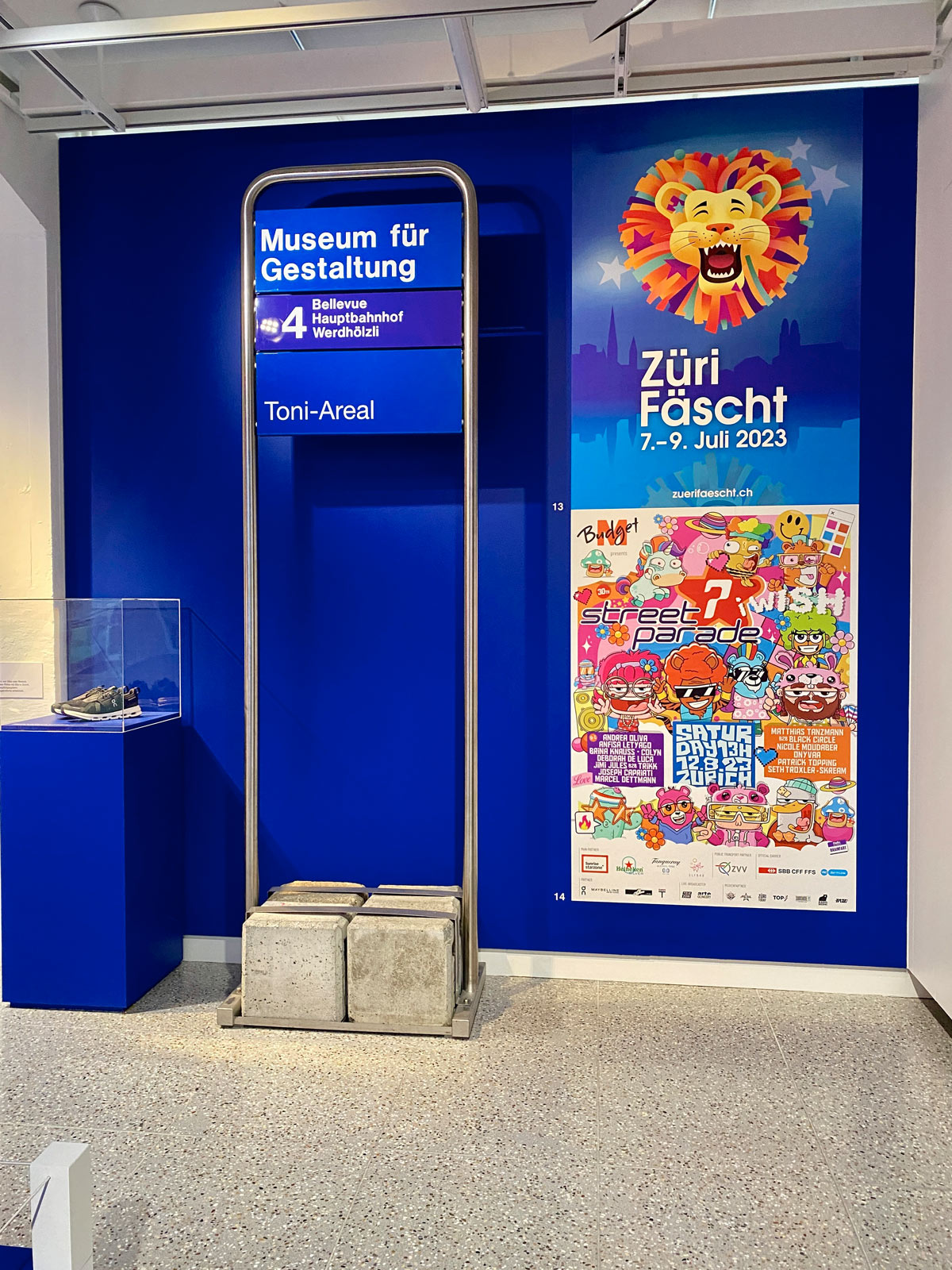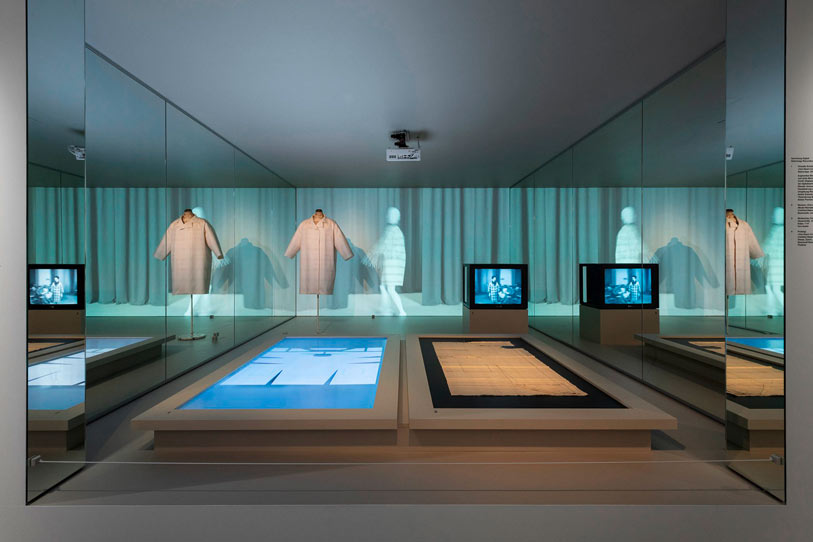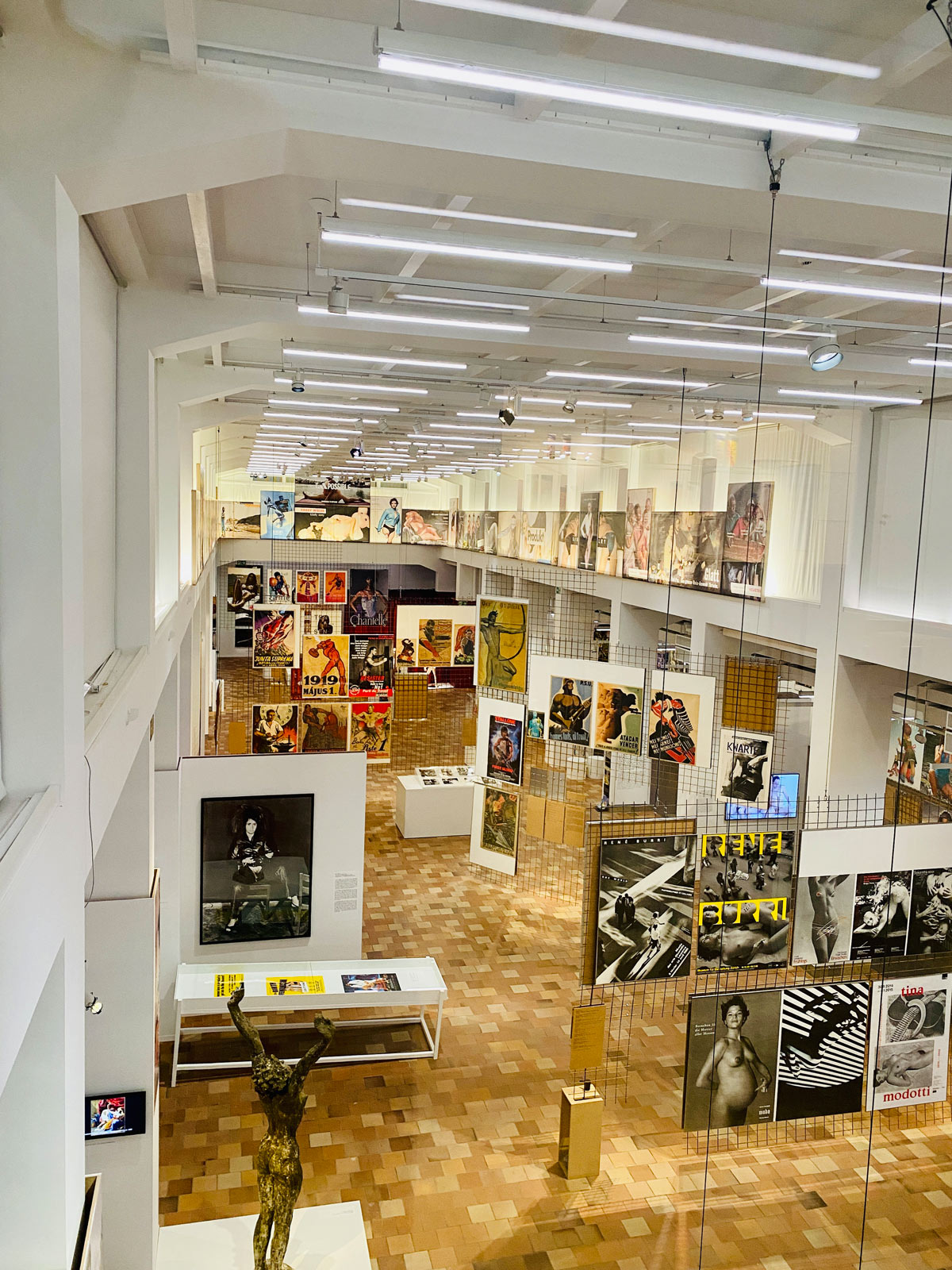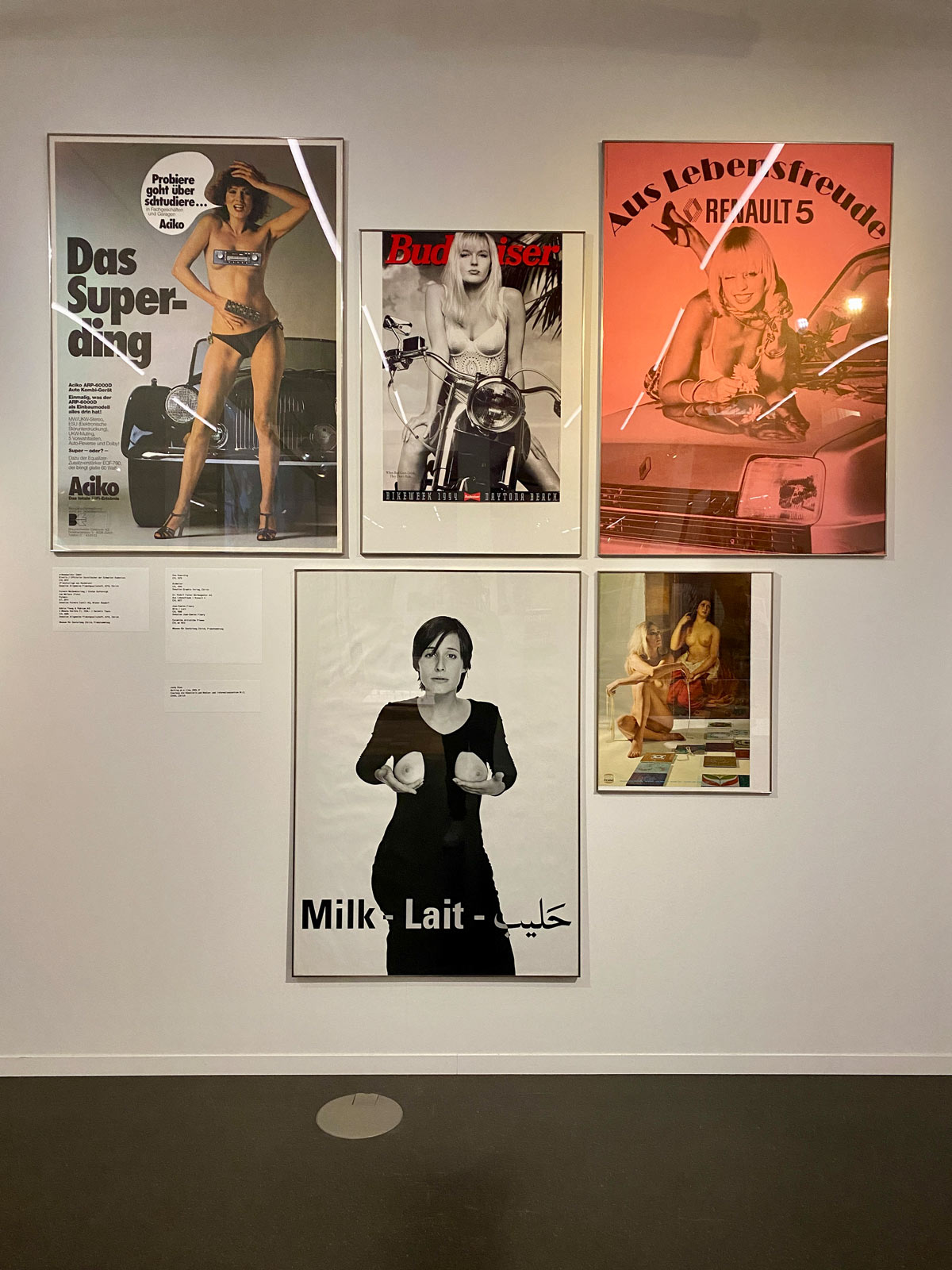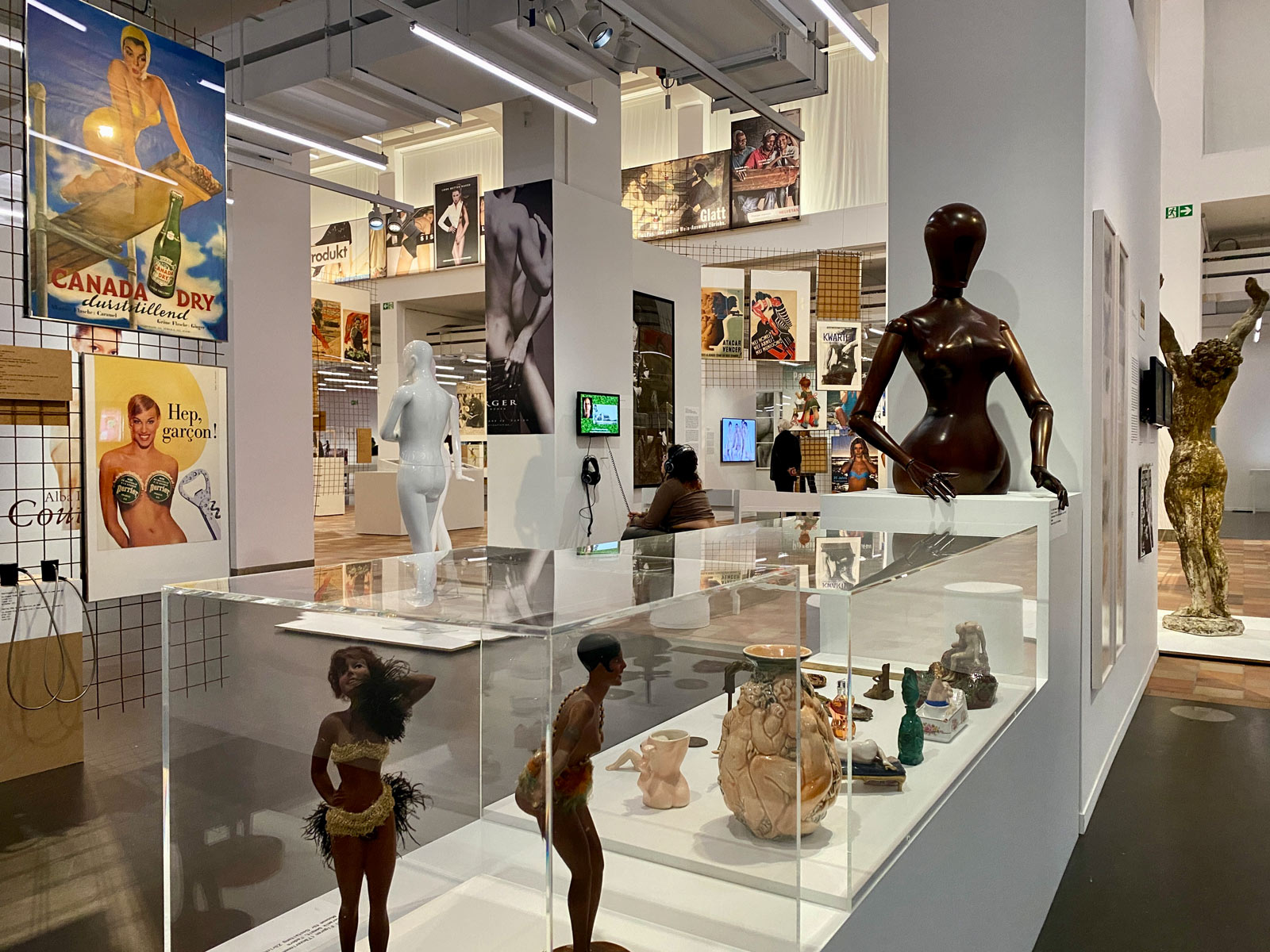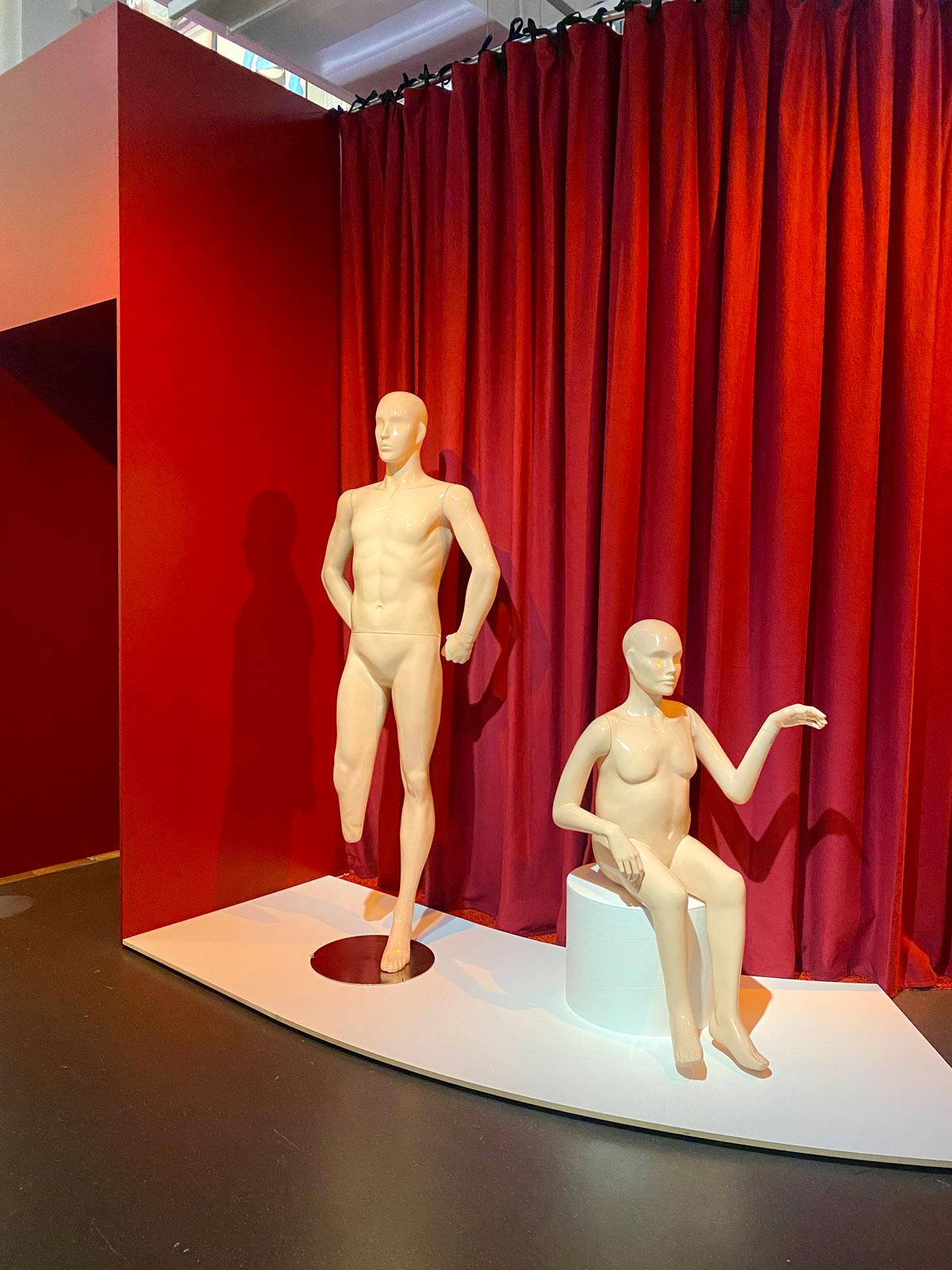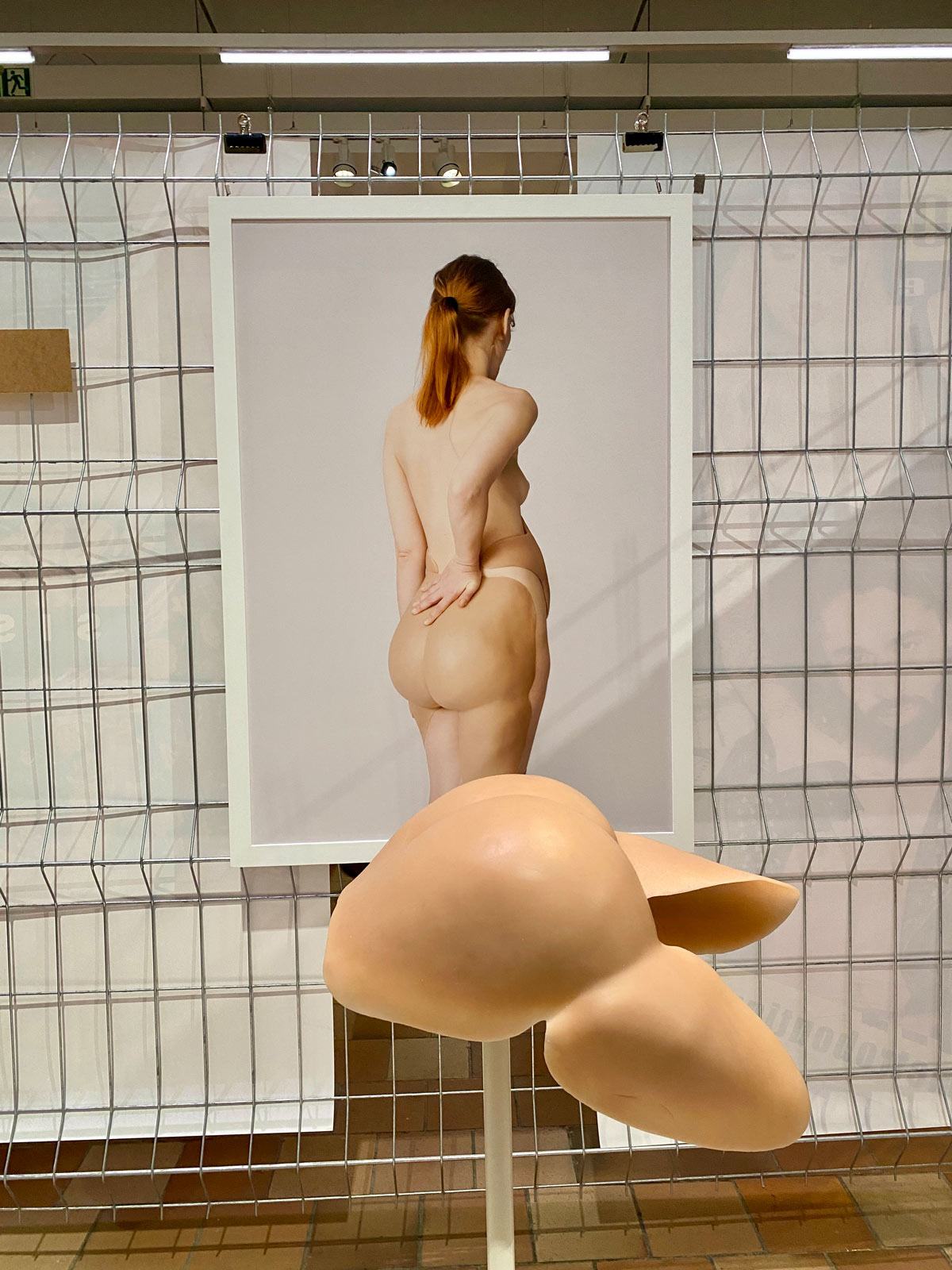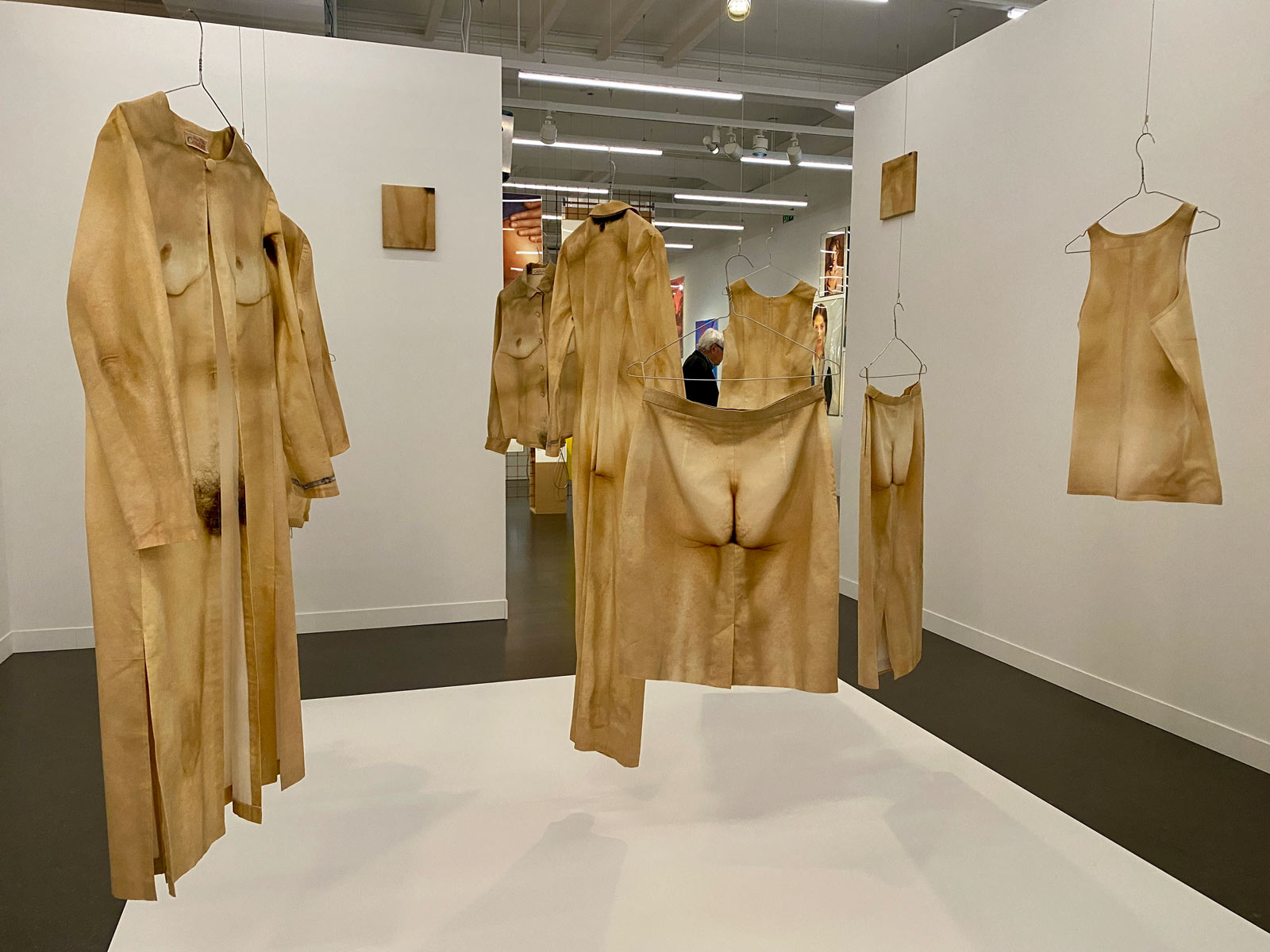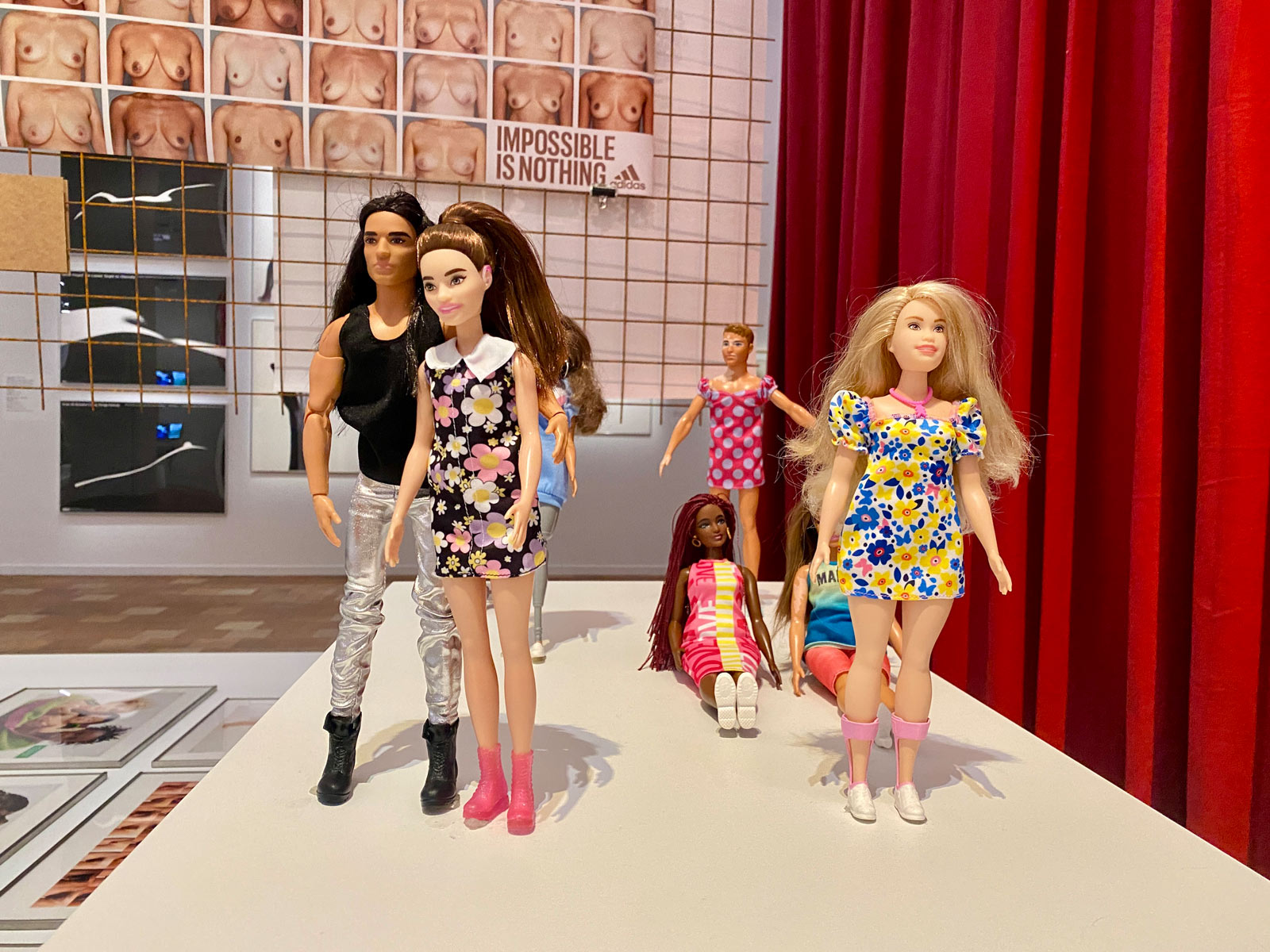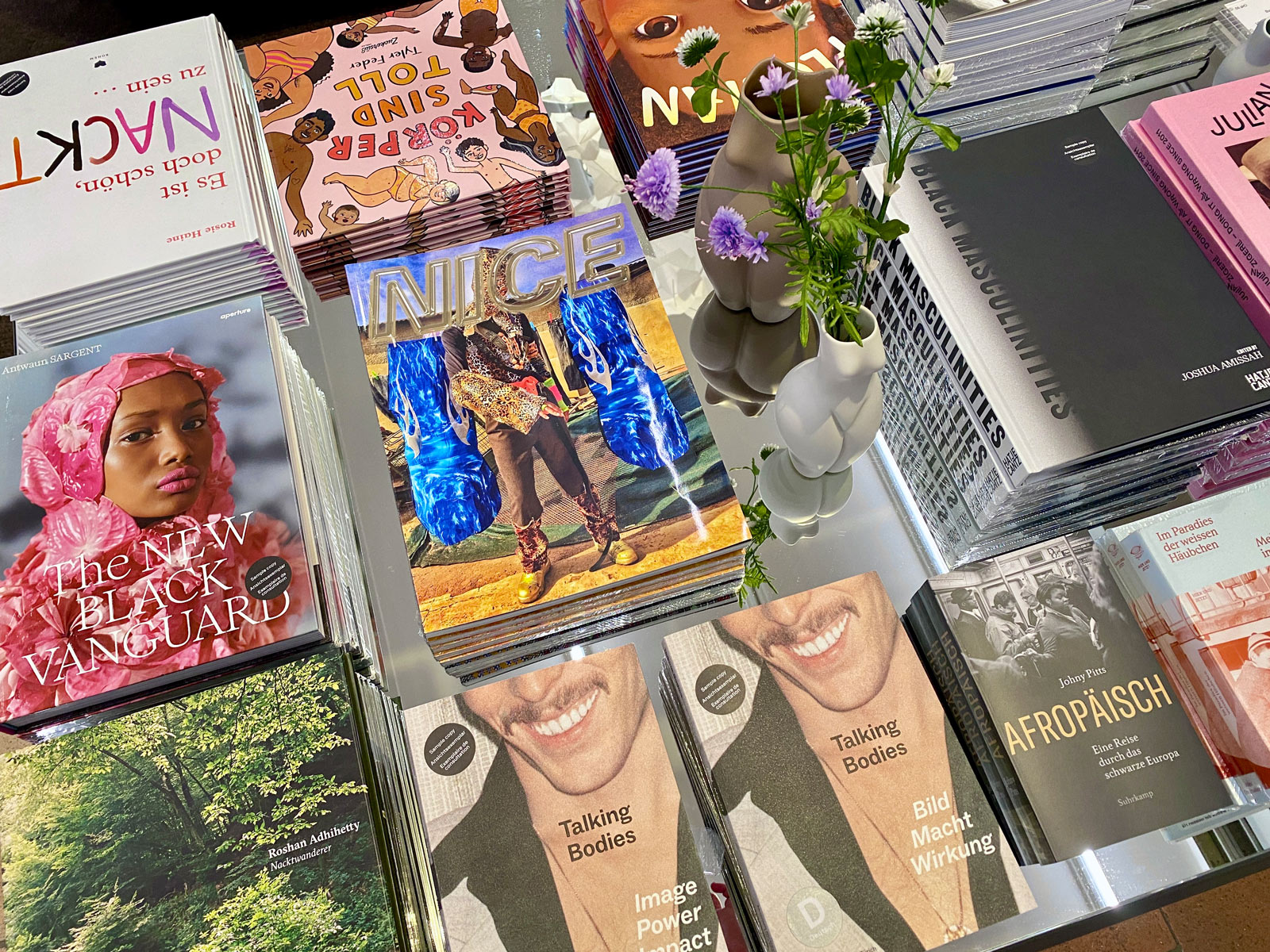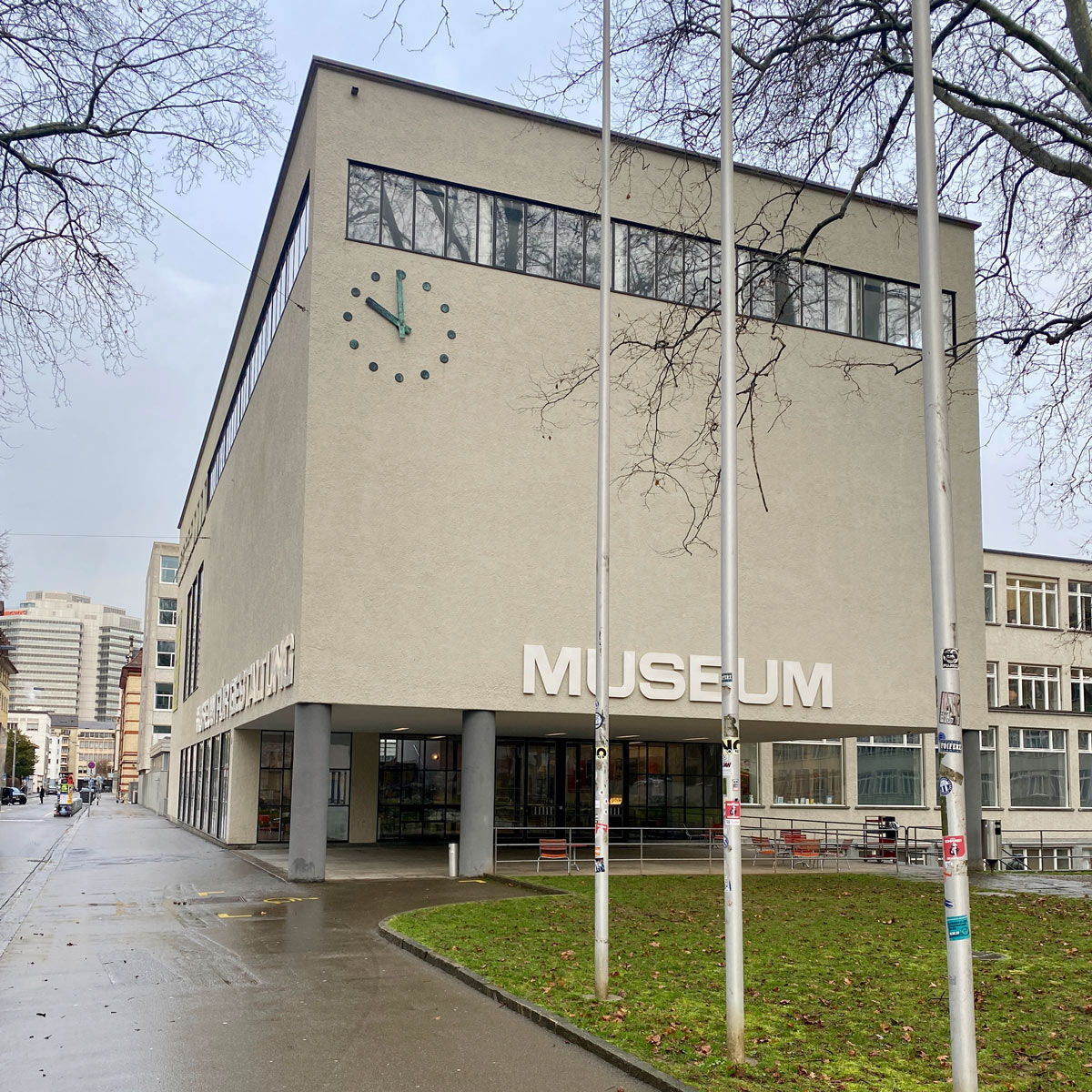Museum für Gestaltung Zürich
“Talking Bodies” & Permanent Collection
Known for its financial services, high quality of life, cultural diversity, and historical heritage, the largest city in Switzerland also forms an important center for art, education, and science. At the Museum für Gestaltung, which has its main building on Ausstellungsstrasse in a listed building from 1933, design enthusiasts cannot miss out. Additionally, the museum opened a second location at the Toni-Areal in 2014 and since 2019 runs the Pavillion Le Corbusier
It annually presents five to seven changing exhibitions as well as smaller installations and interventions. These exhibitions, mostly interdisciplinary in nature, provide scientifically grounded insights into historical phenomena, contemporary trends, and innovative approaches for both a wide audience and professionals. Many of the museum’s exhibitions are self-produced and sometimes travel to other institutions as touring exhibitions.
In addition to the current exhibitions, among which I would like to highlight Talking Bodies, the museum houses numerous treasures of international design in its collection, nurtured for 150 years. For example, Max Bill’s “Ulmer Hocker” meets Albrecht Dürer’s “Apocalypse” of 1498, Adrian Frutiger’s “Univers” typeface encounters a Balenciaga cocktail dress. Sophie Taeuber-Arp’s marionettes dance around the SBB station clock while Emile Gallé’s art nouveau vase finds a companion in one of El Lissitzky’s lithographs.
The Swiss poster holds a special significance here and is considered the pinnacle of graphic design: its large scale and presence in public spaces ensure it reaches a wide audience. At the moment, an exhibition exclusively showcases reprints of works by international women designers, featuring both well-known figures like Irma Boom, Ursula Hiestand, or Lora Lamm, as well as undiscovered talents.
Talking Bodies—Body Images in the Poster is not on display until February 25, 2024 and puts the human body—in all its facets, shapes, colors, and proportions—at the center of the exhibition. It primarily adheres to market-driven norms, where advertising largely relies on stereotypes of an ostensibly successful lifestyle. How do these depictions influence our self-image and worldview? And what strategies can be employed to counteract them effectively? Amid ongoing discussions about gender, race, body modification, and self-presentation in media, the exhibition challenges the body ideals perpetuated by our visual culture. Posters from the museum’s collection are juxtaposed with artworks and everyday items to encourage a nuanced exploration of the body across its cultural, social, and political contexts. If you’re there, also have a look at the well designed catalog!
A great museum with interesting exhibitions that is always worth a visit!
Images: © Julia Kahl, Slanted Publishers / © Pierre Kellenberger, ZHdK
